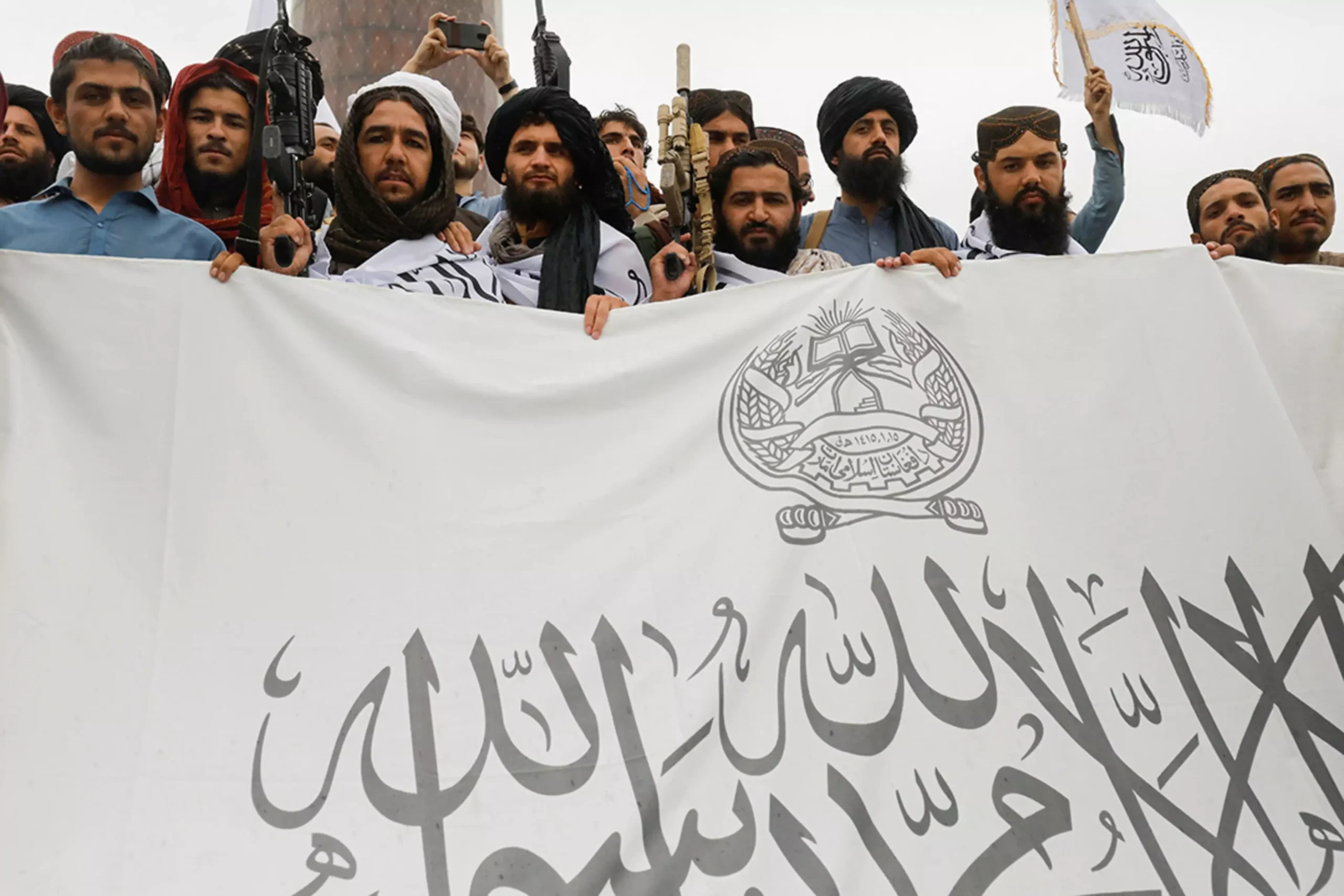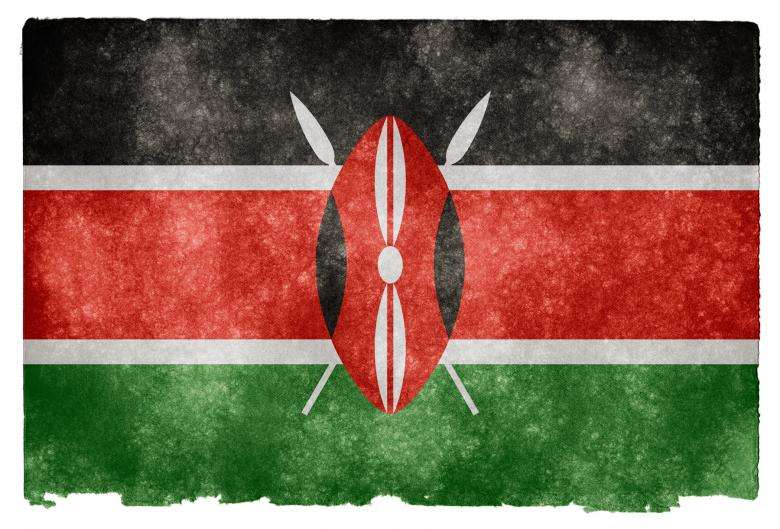
This article will talk about the 43 years long conflict in Afghanistan which is divided into four phases to understand the different aspects of the conflict, followed by the on-ground reality of Afghanistan under current Taliban rule.
Four Phases of Afghan Conflict
First Phase
The first phase started with the communist regime. Before the Soviet Union arrived, Afghanistan was mostly grounded on Islamic principles. After occupying Afghanistan, the Soviet Union enacted a number of social reforms based on western principles that the Afghan people strongly opposed. The Soviet regime led to resistance by Mujahideen, or Afghan freedom fighters composed of about 90,000 fighters belonging to several hundred armed guerrilla groups that were geographically and racially distinct from one another but united under the same cause that is jihad (holy war). The United States continued to give the mujahideen money and cutting-edge weapons throughout their conflict. The Soviets had totally left the nation by 1989. However, the military confrontation between the mujahideen and the Soviet-backed communist regime persisted for three more years before it ended in 1992.
Second Phase
The second phase started in 1992, when the Mujahideen finally took over Kabul, the Afghan people believed that their suffering had come to an end. The calm, though, was fleeting. Internal strife quickly developed among the mujahideen once they gained control. The jihad against the foreign invader and its administration, which had served as a unifying factor, was no longer necessary. In the two years that followed the mujahideen’s victory, numerous factions fought constantly to seize control of various parts of the country, but none of them succeeded in becoming the dominant force on the entire continent. Kidnappings, murders, rapes, and robberies were frequent as Afghan civilians found themselves in the crossfire.
Third Phase
The third phase was marked by the emergence of the Taliban. The infighting among mujahideen paved the way for the Taliban to appear in the picture. The Taliban emerged as an Islamist militant organisation in 1994 under the leadership of Mullah Mohammad Omar. The large majority of supporters of the Taliban are students from Pakistani and Afghan madrasas, an institution for Islamic studies. they believed that the absence of Shariah law was the reason for the suffering of fellow Muslim beings in Afghanistan. Thus, Mullah Omar gathered a small group of students, left the madarsa and pledged to rid Afghanistan of warlords and criminals. With the military and financial aid coming from Pakistan, the Taliban were able to seize the Afghan border post of Spin baldak and Qandahar city in 1994 after killing members of mujahideen and by 1996 they were able to capture Kabul, the capital of Afghanistan and established themselves as the ruling body of Afghanistan. They promised the people the end of the conflict by establishing a society wholly based on Shariah law. After capturing Kabul, the Taliban continued capturing other provinces by carrying out mass killings. The human rights violation was one of the major causes of international condemnation of the Taliban Regime.
Fourth Phase
The fourth phase of the Afghanistan conflict was triggered by the 9/11 attacks on US soil in 2001. The US soon launched a series of attacks on Taliban bases on the grounds that they were supporting Al-Qaeda who were behind the 9/11 attack. By forming an alliance with all anti-Taliban groups, the US deployed large forces in Afghanistan and stormed them out of the regime. However, from 2005 onwards, violence started to reoccur as the Taliban reasserted its presence with new tactics. The Taliban’s resurgence also corresponded with a rise of anti-American and anti-Western sentiment among Afghans. In May 2006 a U.S. military vehicle crashed and killed several Afghans, an event that sparked violent anti-American riots in Kabul which was the worst since the war began. Since then, the violent conflict between the Taliban and the US continues.
On-Ground Reality of Afghanistan
On returning to power in August 2021, the Taliban assured the people of Afghanistan as well as the international community that they want a peaceful takeover of Afghanistan and encourages the establishment of an “Afghan Islamic inclusive government” in which “women can access education and employment.” All they have to do is “observe the hijab.” This was also documented in the Doha agreement. Taliban claimed that they have evolved and are more tolerant now than they were during their first takeover.
However, the on-ground reality tells a different story. Shortly after coming to power, the Taliban reverted back to its initial form. Harsh punishments are back in place, girls are being denied access to education, women are not allowed to work and even leave home without a male family member, minorities are in constant fear of genocide, and journalists are being mistreated. In other words, people have lost their freedom.
In addition to this, Afghanistan is facing the worst humanitarian crisis. The population is facing an acute economic, food and medical crisis. The United Nations estimates that more than half of Afghanistan’s estimated 40 million population are suffering from acute hunger and urgently need humanitarian aid. Millions are unemployed and the country’s economy is on the verge of collapsing.
Recently, the Taliban has also been accused of violating the Doha agreement by sheltering the Al-Qaeda leader Ayman al-Zawahiri in Kabul’s residential district. In the agreement, they pledged to never let Afghanistan’s land be used for any transnational terrorist activity.
Future Prospect for Stability in Afghanistan
After the Taliban took back control of Afghanistan a year ago, the country’s already dire humanitarian situation got worse.
In a nation where the Taliban want to re-establish their “Islamic Emirate,” activists, academics, artists, and authors are unsure about their future. Minority ethnic groups, like the Hazaras, are concerned about genocide. The position of Afghan girls and women is currently in flux, which is maybe the most significant. Their ability to leave their houses unaccompanied by a man is in doubt, as is their access to jobs, schools, polling places, seats in parliament, and newsrooms.
In addition to this, there’s widespread distrust among ethnic groups in Afghanistan, particularly among non-Pashtuns (who are themselves largely divided) for the Pashtun. Since the Taliban are ethnic Pashtun and the history of their harsh actions taken against those who didn’t agree with their regime, there’s fear among non-Pashtun-who collectively form the largest share of Afghanistan’s population- about what the future holds for them. Also, to complicate matters further, all Afghan ethnic groups have extensive cross-border ties with the country’s neighbours.
The Taliban are currently failing in governance and security provision due to their inability to successfully transition from a military to a government. Additionally, they were unable to cut themselves off from the worldwide terror networks. Moreover, regular natural calamities made things more difficult. Presently, 23 million Afghans are facing food scarcity, with 72% of the population living below the poverty line with 38% of the population now unemployed. The country still faces significant security and terrorism challenges.
External support and input for helping Afghanistan have decreased as a result of the distraction caused by the Ukraine conflict and the US’s allegedly successful Indo-Pacific Strategy. There is little doubt that the world community will suffer if the situation in Afghanistan spirals out of control. And it would be disastrous not only for the area but also for the rest of the planet.
Therefore, upon considering all the facts, efforts are to be made at both front- internal as well as external. Internally, unless and until the Taliban amends their way of governing, there’s no scope for stability in Afghanistan. In order to gain allies and gain acceptance internationally, it must adopt a compassionate face. Using soft power rather than coercion could be their game-changing strategy. Externally, the international community must keep supporting Afghanistan’s economy and people’s means of sustenance, while also supporting the UN’s efforts to foster peace and stability in the country.
By: Heena Parveen



